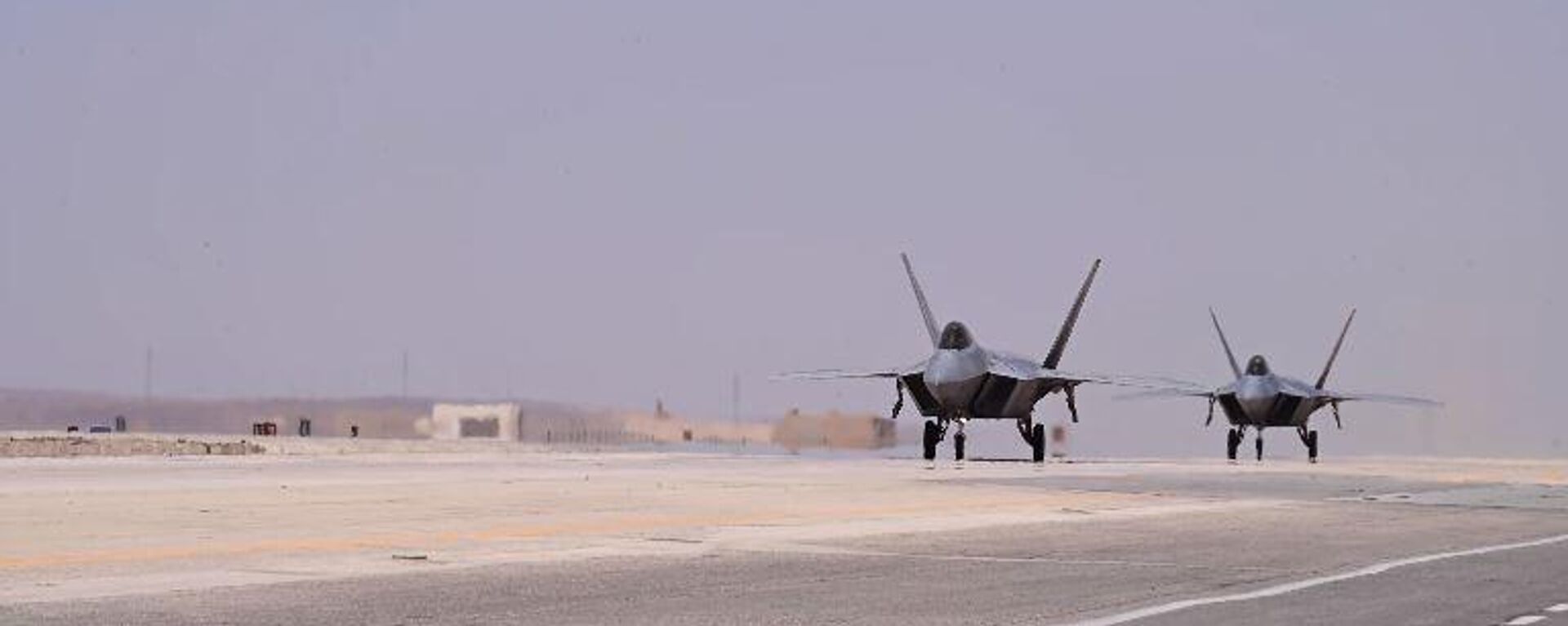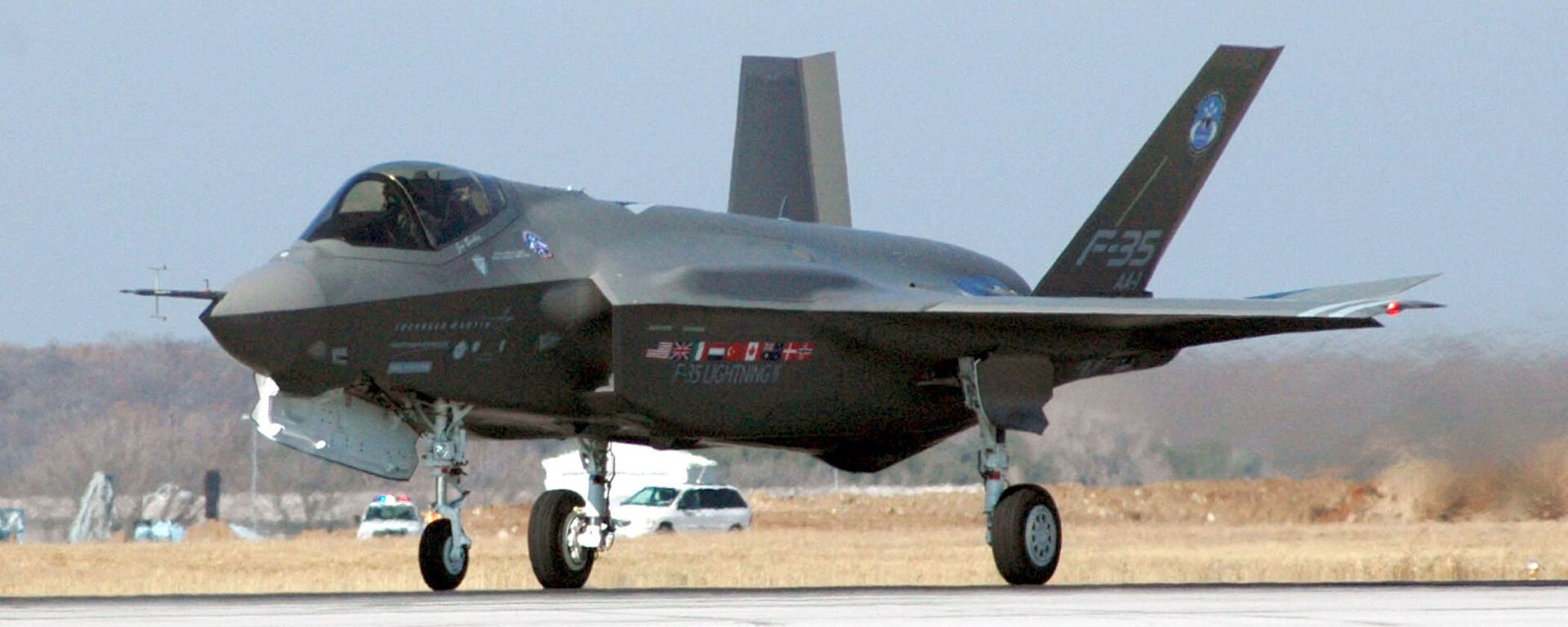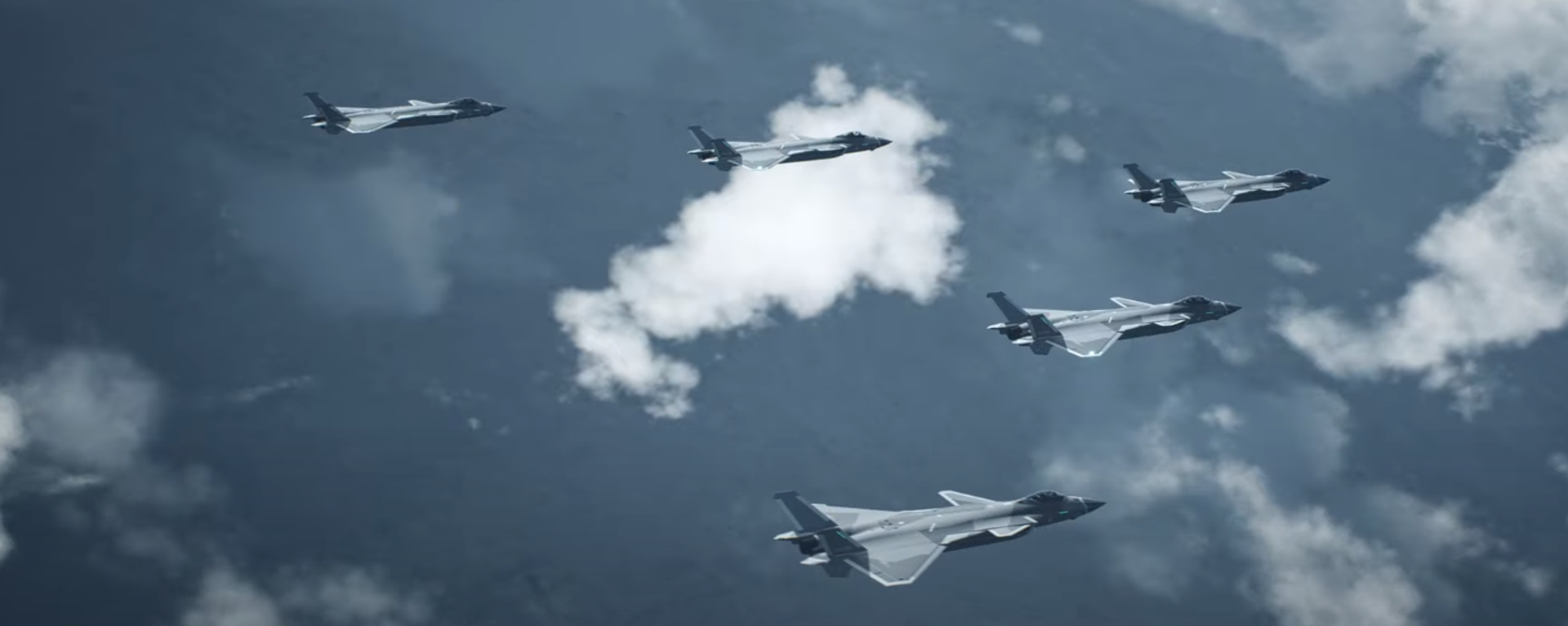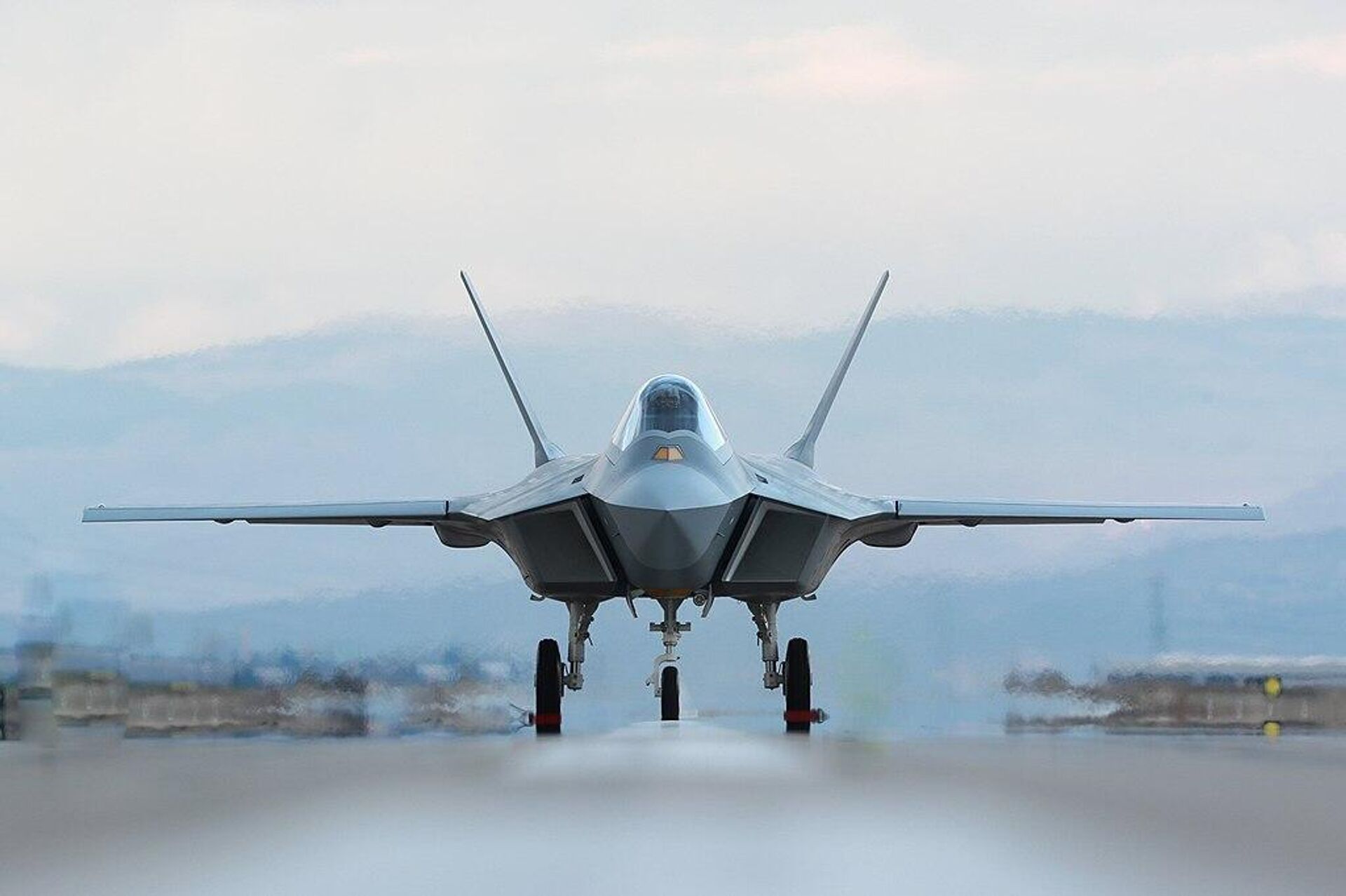Top Five Fifth-Gen Jets in World’s Air Forces
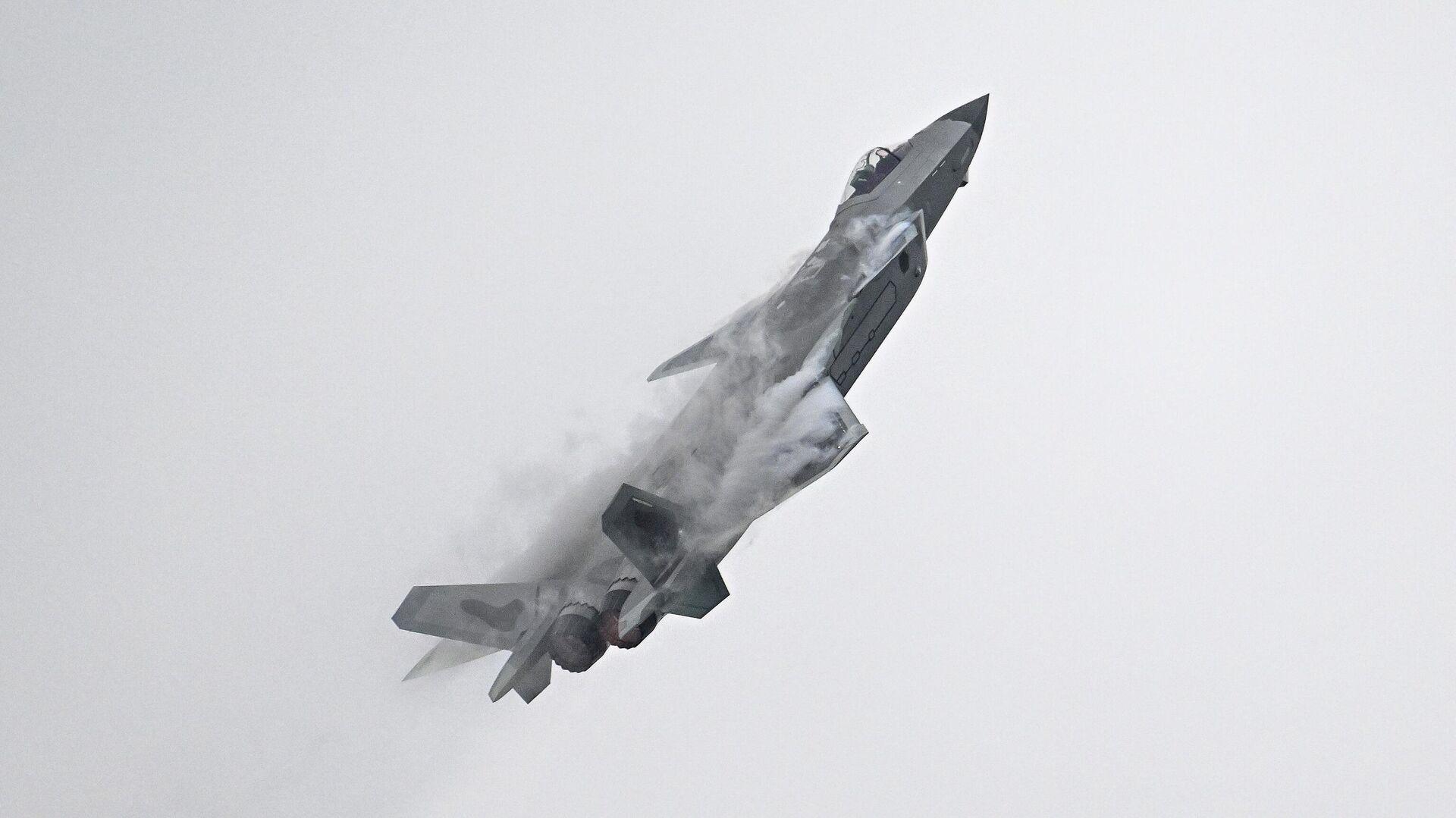
© AFP 2023 / -
Subscribe
South Korea has formally kicked off production of its KF-21 Boramae (lit. ‘Fighting Hawk’) jet fighter. Korea Aerospace Industries has a $1.41 bln contract to build 20 KF-21s by 2027, and 120 by 2032. The KF-21 is classified as a 4.5-generation jet, but future upgrades are expected to turn it into a fifth-gen aircraft.
South Korea is the latest aerospace power to make a foray into next-gen fighter technology. Other prominent jets of this class include:
The Lockheed Martin/Boeing F-22 Raptor – the world’s first production fifth-gen jet. Introduced with the US Air Force in 2005, 195 of F-22s have been built, with a per-plane cost of a whopping $678 million. Categorized as an air superiority aircraft, F-22s have been tasked mostly with escorting vintage Russian strategic bombers, getting shuttling to airbases around the world as a show of force, and flying bombing sorties over Syria and Afghanistan.
The single-seat, twin-engine jets have a 38-ton max takeoff weight, can accelerate to Mach 2.25, and have a 1,100 km combat radius. Armaments include an array of American-made missiles and bombs, from Sidewinder missiles to JDAM-equipped dumb munitions. Pentagon accountants have sought to retire the F-22 repeatedly due to the planes’ high operational costs, but these plans have been pushed back, for now.
The F-35 Lightning II – Lockheed’s do-it-all multirole fighter, holds the record as the most expensive piece of military equipment ever conceived, with an expected lifetime program cost of $2+ trln, according to the Government Accountability Office. The F-35 has three variants – the A, B and C, produced for the US Air Force, Marine Corps and Navy, respectively. All models of the F-35 come with a single engine and are flown by a sole pilot. The 27.2-31.8 ton jets have a 935-1,241 km combat radius, a weapons payload between 6,800 and 8,160 kg, and a top speed of Mach 1.6.
Despite their introduction into service nearly a decade ago, F-35s continue to be plagued with an array of problems, with a recent GAO report listing issues ranging from faulty landing gear to vibrating fuel tubes, fragile electro-optical targeting systems, and canopy delamination issues.
The Sukhoi Su-57 is Russia’s entry into fifth-gen stealth jet tech. Unveiled in 2010 and introduced into service in 2020, the Su-57 is a single-seat, twin-engine aircraft with a top speed of Mach 2 and a combat radius of 1,500 km. The jet has a 35 ton max takeoff weight and 10 ton weapons payload, with six internal and six external hard points fitted with anti-air missiles, an array of cruise and anti-ship missiles including the Kh-38 and Kh-35, and KAB-250 and 500 series guided bombs.
Only about 22 series Su-57s have been built to date, with the military concentrating resources on the Su-35, a tried and tested 4++ gen multirole fighter.
The Chengdu J-20 ‘Mighty Dragon’ is China’s fifth-gen jet design, featuring a unique airframe unlike anything built by other global aerospace powers, with design cues possibly taken from the Mikoyan MiG 1.44, a canceled Soviet jet prototype. The J-20 is a single-seat, dual-engine aircraft with a 37 ton max takeoff weight and arms payload of up to 11 tons.
The J-20 has an impressive 2,000 km combat radius, and a radar cross section (RCS) as little as 0.01 meters. It’s armed with China’s latest missiles, including the PL-14 – a beyond-visual-range active radar homing missile that can destroy targets up to 300 km away. For ground engagements, the jet carries LS-6 series small-diameter prediction-guided bombs.
A handful of other countries are working on fifth-gen fighters, among them India with its Hindustan Aeronautics Limited Advanced Medium Combat Aircraft (AMCA) platform, slated to begin production by the mid-2030s, and Japan’s Mitsubishi X-2 Shinshin, which has been rolled over into the F-X sixth-gen fighter program.
Turkiye’s Turkish Aerospace Industries Kaan – slated for introduction by the late 2020s, appears to be the closest to production readiness. These aircraft are expected to feature a one or two seat configuration, twin engines, advanced stealth characteristics, and Turkish-made air-to-air and air-to-surface missiles and bombs.

